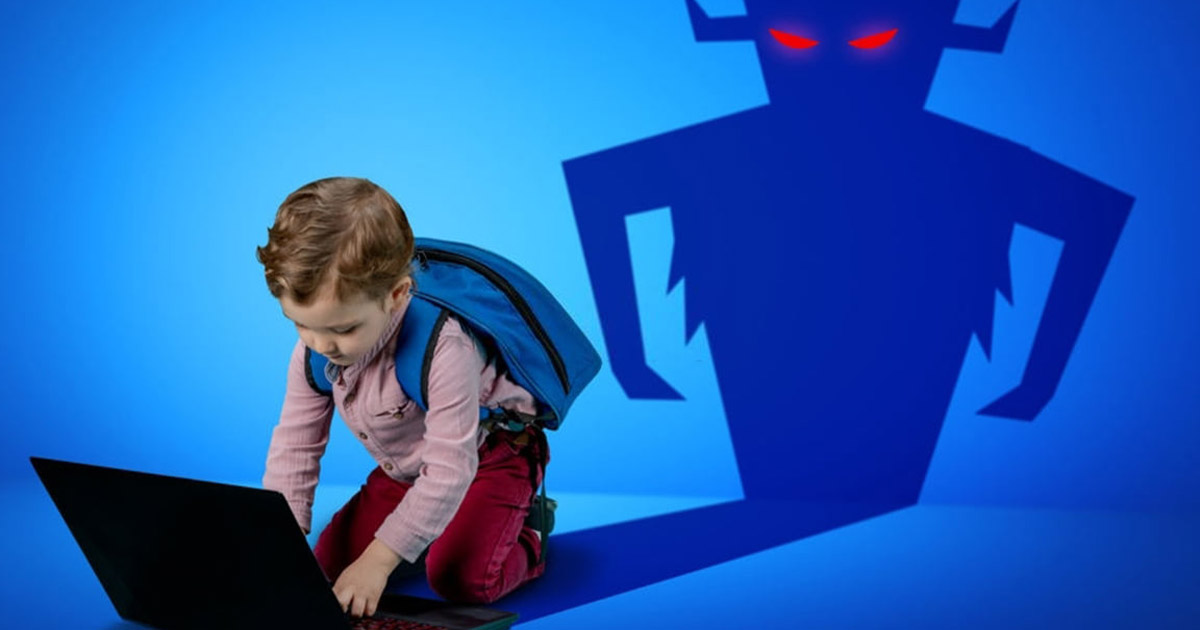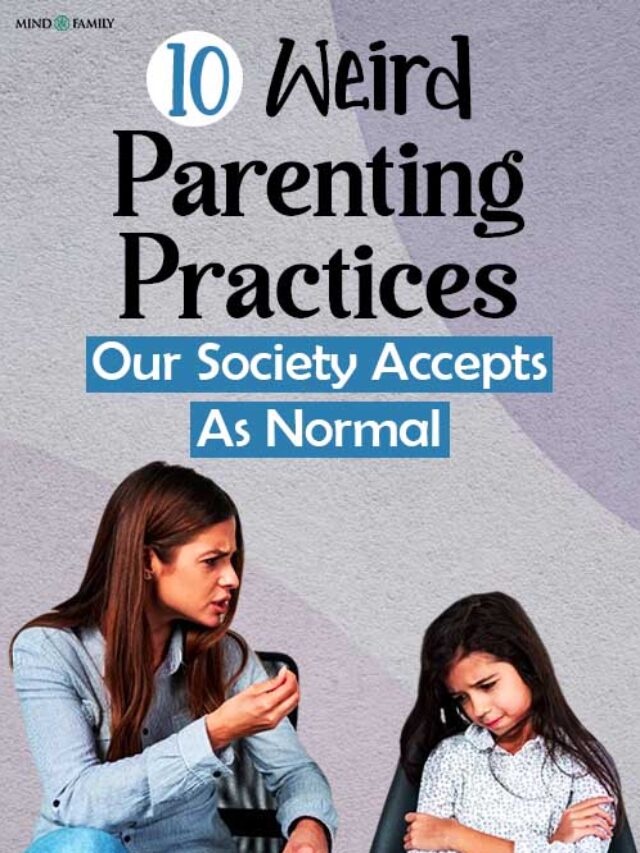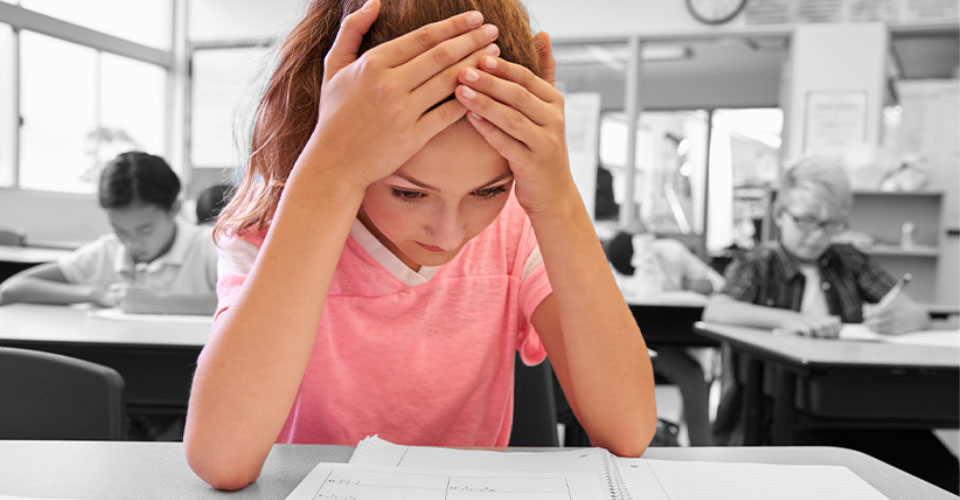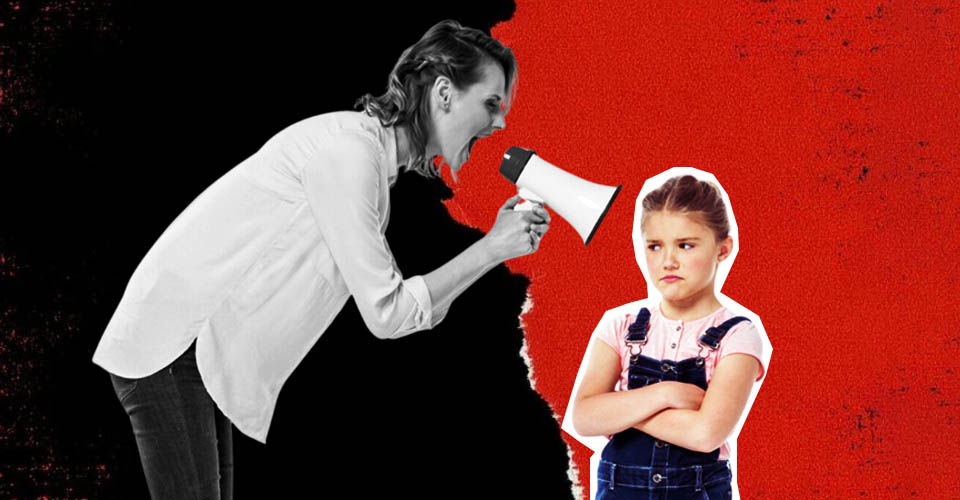In today’s digital age, the internet offers unparalleled opportunities for learning and enjoyment, but it also presents numerous risks for children. From inappropriate content to online predators, as a parent learning how to keep kids safe online is that much more important.
However, with the right safety measures in place, we can help protect our children from these dangers.
In this article, we’ll explore ten essential tips for keeping kids safe online, including the use of parental control applications, setting screen time limits, and monitoring their online activities.
By implementing these measures, parents can empower their children to enjoy the benefits of the internet while staying safe and secure.
10 Helpful Tips for How to Keep Kids Safe Online
1. Talk to your child
Talking to your child is the best way of protecting him or her from the dangers they may face while being online. This involves finding out what they do and how they use the internet as well as enlightening them about potential threats and ways of dealing with them.

Kids usually learn about new things first and can navigate through websites or programs that adults might not even know exist. A survey shows that most parents feel that their children know more than them when it comes to technology, including those born between 1981 and 1996.
You may not be able to keep up with all apps, games, or trends on the internet, but talking regularly with your children about what they are doing online is essential.
Just like asking “how was school today?” inquiring about their digital life lets you know what is happening there too. It also helps them understand the need for openness regarding internet usage. This also helps to understand how to keep kids safe online.
2. Limit their screen time For online safety for kids
The healthfulness of children’s lives and their awareness of the internet should be a part of any discussion on computer technology.
As it stands on the issue of how to keep kids safe online, the current rules state that kids under five shouldn’t spend more than an hour in front of screens while other children should limit this time to two hours outside school.
When thinking about how much exposure is appropriate for your child or when they ought to have their own phone are also questions that will vary depending from person-to-person as well culture-to-culture.
For this reason, it is important to always keep talking with your teenagers about social networks. Share ideas regarding potential risks associated with excessive use while letting them understand that deleting Facebook account can happen anytime if need be getting off Instagram quitting TikTok altogether forever is allowed too.
3. Use parental controls
You can use it on your child’s Mac or PC, as well as on their phone or at the browser or router level. Parental controls are an effective way on how to keep kids safe online.
You can set up parental controls to track screen time and set daily app use limits and restrictions for content and privacy. Another option for child safety online is installing a kids’ web browser.
Screen Time settings are where you’ll primarily find parental controls on an iPhone or iPad. Parental controls on an Android offer more flexibility, but they’re also slightly more complex.
Read More: How To Protect Children From Cyberbullying: 10 Effective Tips For Parents
4. Monitor their activity
Monitoring what children do online is another major component of child safety. You can keep track of the websites they visit by locating the family computer in a shared space.

Another way to do this would be checking their browser history from time to time so that you know where they have been and what they did there; if any part of it has been deleted, ask them about it.
A monitoring app mentioned above can also be installed on their phone once they get one for themselves.
These apps helps you on how to keep kids safe online by letting you see all the things kids are doing on the internet, including harmful content that they tried to access or some phrases used in social media/ texting like “sneaking out” or “don’t tell anyone.”
Learn about social engineering techniques employed by hackers who want to harm your kids so that you can easily recognize such attacks and alert them against it. Especially vulnerable are children doxed by cyberbullies or other hostile actors on the web.
5. Review the apps and websites they use
To know which apps and websites are safe for your kids, go through online reviews of digital content on sites such as Common Sense Media. Learning how to keep kids safe online requires you to keep constant vigilance.
Generally, app stores have a “Family” category that keeps children away from inappropriate materials, and many big-name internet-based firms advocate child online protection. But their strategies may not be 100% effective, so check the stuff out yourself too!
6. Know their passwords
When your child is younger, ensure you know the passwords for all websites and devices they use. In case your tween is attempting to persuade you they are old enough to create a social media account, one safety boundary that you can put in place is making it compulsory for them to share with you their passwords.

Children’s internet security involves enlightening them on privacy risks such as hacking of passwords. To ensure the safety of their social media and email accounts and how to keep kids safe online you can do the following:
- Aid them in creating strong passwords.
- For more security, activate two-factor authentication (2FA).
- Teach them how to store all passwords using a password manager.
Teenagers make cyber safety for kids even harder. Your older child naturally requires privacy so this may not be the time for knowing their passwords and monitoring online safety for kids. This age demands open communication and trust from us as parents instead.
Read More: 5 Damaging Impact of Social Media on Children
7. Befriend them
To make your child safe on Instagram and TikTok, or any other social media site for that matter, open an account and friend them.
This should be embarrassing enough to keep them away from social media for a few more years – if not, it at least allows you to see what they’re doing on Facebook or any other platform where strangers might try reaching out to them; cyberbullying & other such risks exist.
8. Check their privacy settings
As your kid gets older, more and more of their social life will take place online – so it’s crucial that they learn good digital hygiene!

Make sure all privacy settings are in order: lock down everything on Instagrams/TikToks (or whatever app) so only friends can see posts etc., and ensure Facebook updates aren’t visible outside of friends either.
With younger children you can do this yourself; with teenagers you have to talk it through. Learning how to keep kids safe online requires effective communication from your part.
Ask what kind of things they’re telling people about themselves online, point out the dangers in giving away too much information like names/addresses/schools/neighbourhoods etc., tell stories about cybercrime so that the kids could know some real serious threats out there on the web.
9. Attempt to embody a fine role model
The child safety tips we’ve discussed here are important, but the behaviors you model for them will likely have more impact.
Be a good role model through your own digital life. If you want them to have a balanced relationship with their devices, make sure you limit your own screen time. If you want them to practice good netiquette and be conscientious about what they share online — be sure you’re doing the same.
10. Use Third Party Softwares
Keeping your kids safe online can seem like a daunting task, but automated online security software can help. If you are unsure about how to keep kids safe online you can use these tools as well.
Third Party softwares are easy-to-use, comprehensive security suite that helps keep your devices clean, block unsafe websites, and protect your home network. In addition, it offers advanced phishing and anti-tracking protection to help block both advertisers and intruders from monitoring and exploiting your kids’s online activities.
Read More: Technology on Childhood Development: Exploring the Pros and Cons
A Word From Mind Family
When it comes to protecting our children from online dangers, we should talk openly with them about their internet activity, set boundaries where necessary and use parental controls as well as monitoring apps.
In addition, knowing the websites and apps they frequent, checking privacy settings and setting a good example through responsible digital behavior are essential steps towards creating a secure online safety for kids. Additionally, Avast One is an all-inclusive security solution that can be used to strengthen protection against cyber threats further.
Parents, caregivers and technology providers alike share the responsibility of keeping children safe in this digital age. Through collaboration we can equip young people with knowledge needed for them make safe choices when using the internet while still enjoying its benefits responsibly.
Frequently Asked Questions (FAQs)
Why is communication important in keeping kids safe online?
Regular communication helps parents understand their children’s online activities and potential risks, fostering trust and openness. It enables discussions about internet safety and empowers kids to navigate the digital world responsibly.
How can parental controls aid in online safety for kids?
Parental controls allow parents to manage screen time, track activity, and restrict access to inappropriate content. They provide practical tools for enforcing internet safety rules and protecting children from online dangers.
What role do monitoring apps play in child safety?
Monitoring apps enable parents to track their children’s online activities, receive alerts about potential risks, and intervene when necessary. They provide an additional layer of protection and help parents stay informed about their kids’ digital behavior.












Leave a Reply